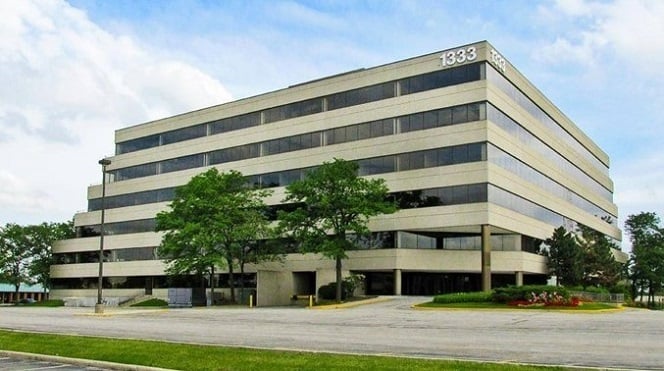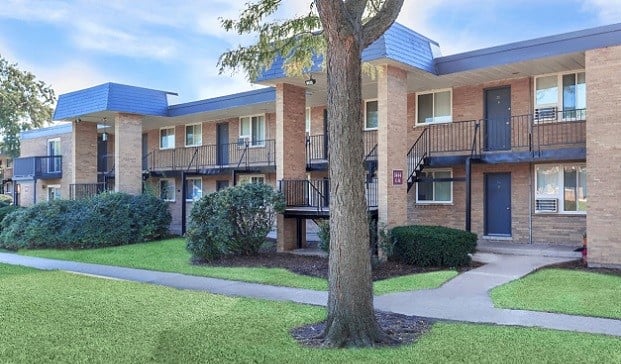CHICAGO—Healthcare has undergone remarkable changes in the past decade as both patients and providers have looked for ways to cut costs. One result has been a flood of construction as major hospital systems created a new ecosystem of clinics and ambulatory centers that can provide more efficient care. And regardless of any changes which occur in the provision of health insurance, experts say these trends will continue in 2017, and keep developers in the sector very busy.
Manish H. Shah tells GlobeSt.com that the transformation of the healthcare sector reminds him of recent changes that transformed the world of retail. He just joined KTGY Architecture + Planning as executive director and will lead the firm's growing healthcare design practice.
Shah has focused on designing healthcare properties for about 15 years, and most recently was director of architecture for BSA LifeStructures, where he worked on Prentice Women's Hospital and Swedish Covenant Hospital's new office space.
Recommended For You
Want to continue reading?
Become a Free ALM Digital Reader.
Once you are an ALM Digital Member, you’ll receive:
- Breaking commercial real estate news and analysis, on-site and via our newsletters and custom alerts
- Educational webcasts, white papers, and ebooks from industry thought leaders
- Critical coverage of the property casualty insurance and financial advisory markets on our other ALM sites, PropertyCasualty360 and ThinkAdvisor
Already have an account? Sign In Now
*May exclude premium content© 2025 ALM Global, LLC, All Rights Reserved. Request academic re-use from www.copyright.com. All other uses, submit a request to [email protected]. For more information visit Asset & Logo Licensing.









